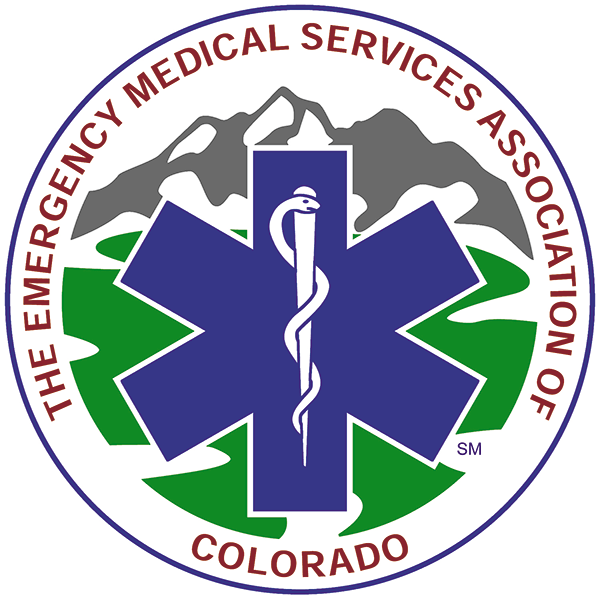2025 Legislative Session Summary
By John Seward
EMSAC Advocacy Committee
On May 7, the First Regular Session of the 75th General Assembly of the State of Colorado came to a close. EMSAC and its government relations team were there, under the gold dome, for all 120 days of this year’s session. Among the many important topics EMSAC advocated for this year, none was more important than ground ambulance billing, ending surprise medical billing, and ensuring that ambulance agencies receive fair reimbursement from healthcare insurance providers for care provided. With the bipartisan sponsorship of Representatives Karen McCormick and Kyle Brown and Senators Mark Baisley and Kyle Mullica, House Bill 25-1088 created a common-sense solution, one shared by nearly a dozen other states. The bill passed unanimously in both houses, with not a single representative or senator voting in opposition, only to be vetoed by the governor. It is believed that this is the first time in history that a Colorado governor has ever vetoed a bill that received unanimous legislative approval.
“This unprecedented veto begs the question, ‘Whose interests are the most important here?” said Rep. Karen McCormick. “Big insurance carriers that, according to Division of Insurance reports, had a combined net income of more than $422 million in 2023 alone opposed these protections for Colorado families.”
“Coloradans will face unnecessary financial challenges this year because of the administration’s unilateral decision to veto the General Assembly’s unanimous, bipartisan solution,” said Sen. Mark Baisley. “I’m frustrated by the action and by our inability to address this now. It makes me even more determined to right this wrong moving ahead.”
While this is a setback and the governor’s
veto is disappointing, it only strengthens EMSAC’s resolve to continue fighting for our patients and ambulance agencies across the state. Rep. Kyle Brown said, “We’ll tackle this issue early during the next legislative session. We look forward to once again receiving overwhelming support from the General Assembly and hope the administration will work with us to end surprise billing for ambulance services once and for all.” Let’s remember that Ground ambulance services comprise 0.3% of health insurers’ annual spending. We’re but a ‘rounding error’ to insurance companies that make billions of dollars in profit every year, in part by underpaying claims.
Despite this setback, EMSAC is excited to celebrate our many victories from the session. Victories only made possible because of great partners at the Colorado State Fire Chiefs, Colorado Professional Firefighters, Colorado Consumer Health Initiative, Colorado Counties Inc., Colorado Municipal League, and Special District Association of Colorado.
This year, despite a nearly a billion-dollar state budget deficit, EMSAC secured a 1.6% increase in the Medicaid reimbursement rate. We supported the successful passage of Senate Bill 25-192, which reauthorized Community Integrated Healthcare Services, enabling the continuation of community paramedic programs. We supported House Bill 25-1195, regarding voter registration confidentiality for first responders; House Bill 25-1247, enabling the expansion of counties’ lodging tax authority to include funding for EMS; Senate Bill 25-060, regarding repeated phone calls that obstruct government operations; and Senate Bill 25-191 ensuring cardiac emergency plans for school sports and making AEDs more readily available.
EMSAC worked to amend Senate Bill 25-042 to ensure EMS is represented in a statewide study of behavioral health crisis response and Senate Bill 25-130 regarding the regulation of emergency departments and not field-based EMS providers.
Some of EMSAC’s supported bills were defeated, such as House Bill 25-1227, which would have made clarifications to the law on assault in the second degree to protect EMS providers, and Senate Concurrent Resolution 25-001, which would have created a property tax exemption for first responders. While both bills were unsuccessful this year, variations of the same will be introduced next year, and EMSAC looks forward to continuing its support.
Our lobbying and government relations team at Howes Wolf was at the Capitol every day of this legislative session advancing the EMS agenda. Together with our coalition of EMS advocacy partners at Mutch Government Relations and the Capstone Group, EMSAC kept emergency medical services at the center of discussion and debate among the state’s Senators and Representatives. EMSAC eagerly awaits the next legislative session to continue the work of advocating for its members and partners.
Read Governor Polis' HB25-1088 veto letter to the legislature here.
